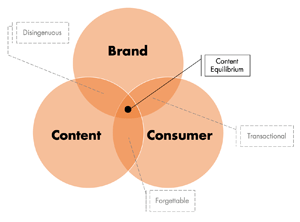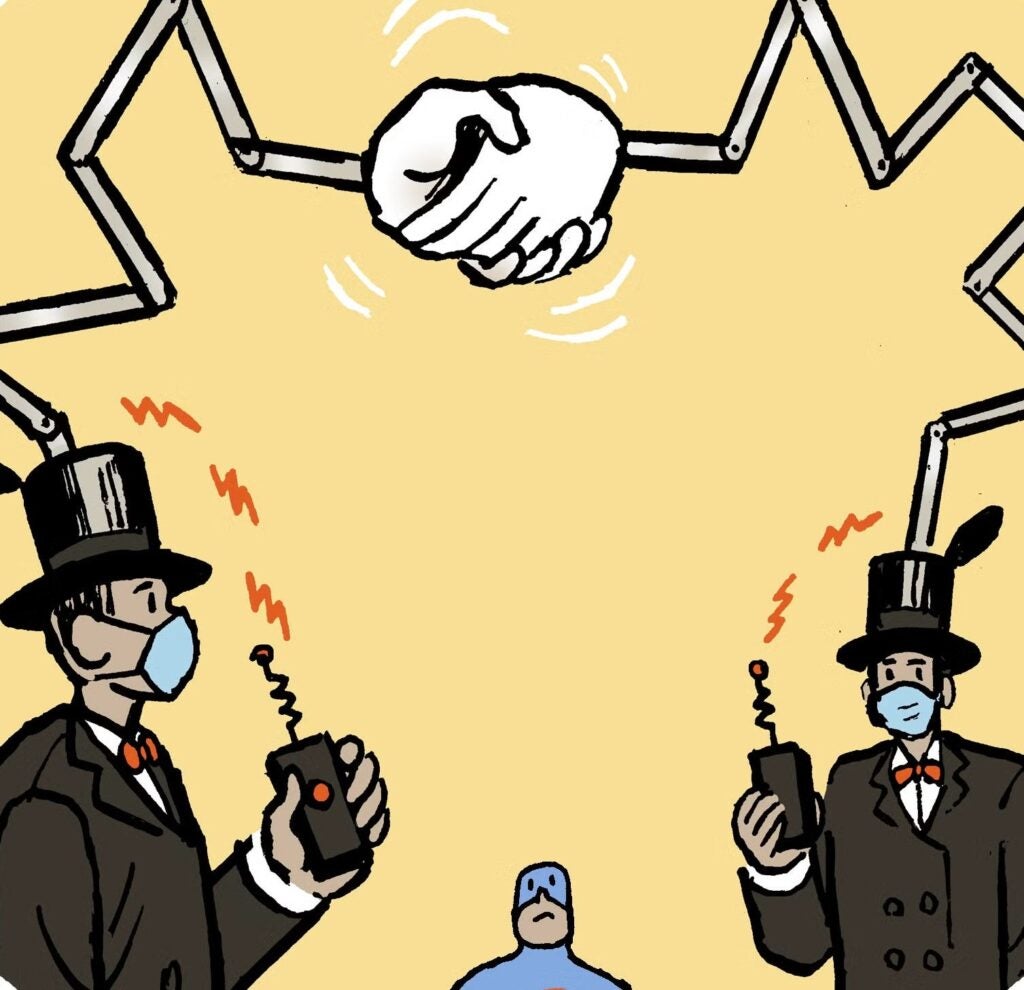Brands are understandably eager to hop on the Pokémon GO bandwagon as it has become the biggest mobile game in U.S. history and, is already netting its creator Niantic a valuation of $3.65 billion, U.S., according to CNN.
USA Today reports that the game, in which players explore real-world locations on their smartphones and catch or battle imaginary creatures called Pokémon, has reach 75MM downloads and the Survey Monkey Intelligence blog estimates 21 MM daily active U.S. users. Users are spending a whopping 33 minutes per day on average in the app.
 Engadget found that days after the launch of the Pokémon GO, T-Mobile announced it would provide its customers a year of free cellular data for use with the game and Sprint has turned their stores into in-game item locations, but the crown goes to McDonald’s. Gizmodo broke the story that McDonald’s is going to be the first in-game partner.
Engadget found that days after the launch of the Pokémon GO, T-Mobile announced it would provide its customers a year of free cellular data for use with the game and Sprint has turned their stores into in-game item locations, but the crown goes to McDonald’s. Gizmodo broke the story that McDonald’s is going to be the first in-game partner.
With the promise of such a large devoted and engaged audience, a tremendous amount of media attention and early rumors of brands joining in on the action, it is very enticing for any brand to fit a Pokémon GO activation into their opportunistic marketing portfolio.
All too often, brands try hard to leverage trends and fail miserably. We can all thank Forbes for outing Microsoft on this, and all too often it is because those executions lacked a clear understanding of core stakeholders.
That’s why we created this useful guide with an easy-to-implement framework that prompts holistic thinking about your marketing initiatives, whether they tie in to Pokémon GO or not.
Understanding Your Stakeholders
It is easy to forget that any partnership, brand activation or marketing campaign can only be successful if it delivers clear and equal value to three key stakeholders:
 The Execution In general, execution connects consumers to brands with the intent of fulfilling a set of business metrics. Execution must maximize the number of opportunities it has to impact these business goals while balancing the Consumer expectation of added value.
The Execution In general, execution connects consumers to brands with the intent of fulfilling a set of business metrics. Execution must maximize the number of opportunities it has to impact these business goals while balancing the Consumer expectation of added value.
The Consumer Consumers are the end users. They always want the maximum amount of value from brands, whether that means cheaper products and services or engaging brand experiences. The consumer is also quite fickle. They need the execution to delight them and the brand to fulfill its promise to them—otherwise they move on.
The Brand The reason most brands exist is to make money. Brands will maximize any opportunities to fulfill this objective.
Meeting these business goals requires a strong consumer relationship. At the same time, there must be a meaningful experience. A successful marketing campaign requires all three stakeholders to be fully aligned and engaged.
Each individual stakeholder requires the support of the other two in order to successfully function. Stakeholders make up a three-legged stool. If you remove one of those legs, the stool collapses.
To formulate a strong Pokémon GO strategy you need to understand the dynamics of this three-legged stool. As marketers, we need to leverage brand, consumer and execution in such a way that all stakeholders’ interests are cooperatively met.
(Brand + Execution) – Consumer = Disingenuous Consider Apple’s 2014 release, in which every Apple iTunes customer received the new U2 album for free. To Apple’s surprise, CNET reported that the negative consumer backlash was tremendous. The Apple/U2 engagement failed to focus on consumers, and the move was considered disingenuous. Forbes reported that Apple was forced to develop a tool that would remove the album from user accounts.
(Execution + Consumer) – Brand = Forgettable Think of Instagram’s recent logo redesign. Reviews were nearly universally negative. Instagram focused on execution (the business need for a new logo) and consumer, which resulted in a forgettable logo.
(Consumer + Brand) – Execution = Transactional While Old Spice’s 2010 campaign starring Isaiah Mustafa seemed to be a success, it only aligned with the brand, which saw tremendous increases in its sales and awareness metrics.
By discounting execution on certain channels such as Twitter, the brand lost an opportunity to leverage their tremendous positive sentiment and broad awareness to further extend its relationship with its customers; two months after the highly successful social campaign hit Twitter, Fast Company reported that the Old Spice account tweeted only 23 more times.
Pulling it all Together
Addressing only one or two stakeholders adds a significant amount of risk to any marketing initiatives. So how does this framework relate to your Pokémon GO marketing plans?” The Three-Legged Stool Framework gives us a powerful tool in the planning and oversight of any marketing or brand campaign. Here’s how:
Assess Prior to activating any marketing plan, review your segments. Make sure you understand your consumer, brand and execution stakeholders and integrate their needs into your market plan.
Framework Take your current plan and review its activation against the Three-Legged Stool Framework. Attempt to find any areas where core stakeholders’ motivations, incentive structure and success metrics are not fully incorporated or engaged within the plan. Discover areas of whitespace where certain stakeholders’ interests are not properly met.
Refine If whitespace does exist, evaluate your marketing plan and seek out options that address areas of weakness.
Iterate Keep running through this exercise until you no longer uncover any points of weakness.
Armed with this knowledge and framework, go out there and make sure to “catch ‘em all!”
Christopher van der Lugt is a senior strategist with Jack Morton Worldwide.

 Network
Network

